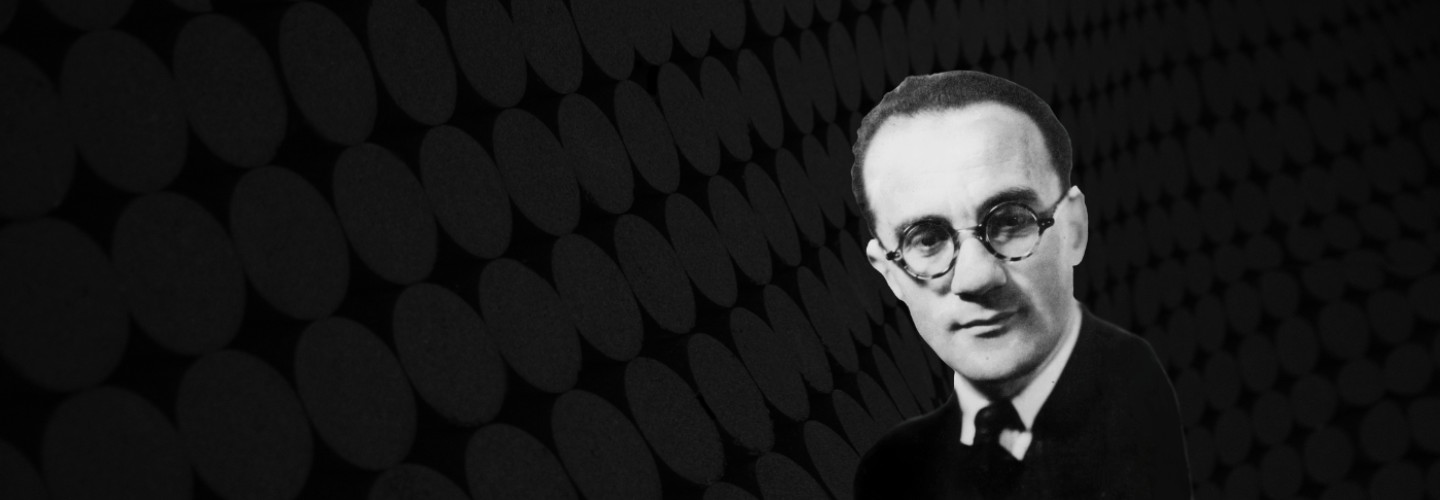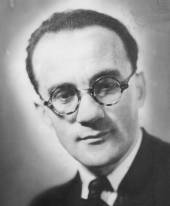

Nikos Skalkottas
Five Greek Dances
Duration: 14'
Herausgeber: Walter Goehr
Dedication: to M. Benakis
Instrumentation details:
2 2 2 3 - 4 3 3 1 - timp, perc - str
Skalkottas - 5 griechische Tänze for orchestra
Printed/Digital
Translation, reprints and more

Nikos Skalkottas
Skalkottas: 5 Greek Dances for orchestra - aus A/K 11Orchestration: for orchestra
Type: Partitur
Sample pages
Audio preview
Work introduction
Nikolaos Skalkottas spent his earliest years on Euboea in a passionate musical environment. His family moved to Athens, where the five-year old began to play violin. At the tender age of ten he studied at the Athens Conservatorium, where he triumphantly completed his musical studies with Beethoven‘s Violin Concerto in 1920. A scholarship brought him to the masterclass of Willy Hess in Berlin, and he gained fame as an outstanding virtuoso and highly sensitive chamber musician. In 1923 he suddenly discovered his love for composition and took lessons with Paul Juon and Robert Kahn; his promising career as a violinist soon became subordinate to his new interests. Skalkottas‘ early works, including an ambitious Sonata for Solo Violin, emerged in the context of the “Neue Klassizität” (“New Classicism”) of Ferrucio Busoni, whose closest pupil, Philipp Jarnach, became his first teacher of influence. When Jarnach left Berlin in 1927 Skalkottas entered the class of Arnold Schoenberg, who soon came to appreciate him highly. For a period he also took instruction from Kurt Weill. He quickly developed his own form of serial technique, one in which he constructed his works on various contrapuntal twelve-tone series that demonstrate charming harmonic reciprocity and allow quasi-tonal fields to emerge. In this way he deliberately distanced himself from Schoenberg. By 1931 his lessons with Schoenberg had ended, and in May of 1933 Skalkottas hastily returned to Greece. His hands were empty: his partner and two children as well as all his manuscripts remained in Berlin. As a consequence, around 60 of his approximately 170 works are no longer extant. In Greece he was faced with resentment and ignorance. He earned a living as an orchestral violinist, led a lonely existence and spoke to almost no-one about the works that in his isolation became ever more bold and characteristic.
Between 1935 and 1945 he composed an immense œuvre of increasing structural complexity and architectonic mastery. His style found its highest expression in works such as the haunting symphony “The Return of Odysseus” (1942, originally planned as a prelude to an opera) and the unfinished Second Suite for Orchestra. To the latter belongs the sweeping Largo Sinfonico and the sharply punctuated Ouverture concertante (1944-45). Skalkottas proved his worth as an imaginative orchestrator with his masterful arrangement of vertical balance and expansive climaxes. In 1940 he wrote a “Manual of Orchestration”, which remains in manuscript form to this day. The potential fusion of the folkloric idioms of his Greek Dances with free tonality, neo-classic and dodecaphonic modes of expression was never to be realized, as Skalkottas died prematurely as the result of an untreated malady.
Skalkottas composed 36 Greek Dances in three sets of twelve dances between 1931 and 1936. With their fiery style, spontaneous vigour and originality, they are still his most popular works even today. In 1956 Universal Edition posthumously brought out 5 Dances for String Orchestra, as well as two Cycles for Symphony Orchestra. The 5 Dances for String Orchestra were first performed at the Albert Hall in London on 1 December 1953, conducted by Walter Goehr. The precise date when Skalkottas arranged the dances for strings is unknown.
Christoph Schlüren
Translation: Hereward Tilton
